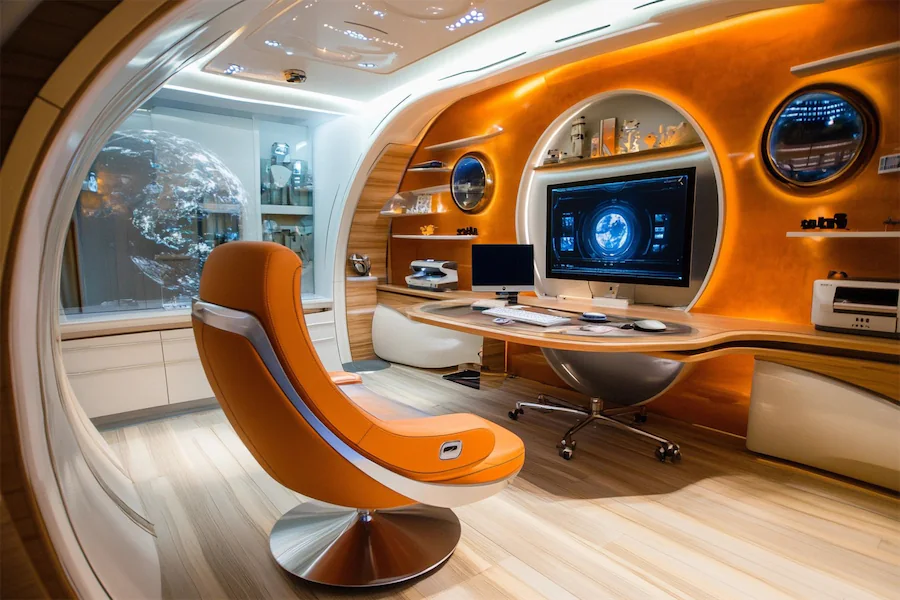A Smart Office Room integrates advanced technologies to create a workspace that enhances productivity, efficiency, and employee well-being.
Introduction to Smart Office Rooms
A smart office utilizes interconnected devices and systems to automate tasks, manage resources efficiently, and provide a seamless working experience. This integration fosters a dynamic environment that adapts to the needs of its users, promoting collaboration and innovation.
History and Origins of Smart Office Rooms
The concept of smart offices emerged with advancements in the Internet of Things (IoT) and artificial intelligence, enabling devices to communicate and automate processes. As businesses sought to improve operational efficiency and employee satisfaction, the adoption of smart technologies in office environments became increasingly prevalent.
Key Features of Smart Office Rooms
- Automated Climate and Lighting Control: Systems that adjust temperature and lighting based on occupancy and time of day to enhance comfort and energy efficiency.
- IoT-Enabled Devices: Integration of smart desks, chairs, and equipment that monitor usage patterns and adjust to individual preferences.
- Advanced Security Systems: Utilization of biometric access controls and surveillance technologies to ensure a secure working environment.
- Collaborative Tools: Incorporation of interactive whiteboards, video conferencing systems, and virtual reality setups to facilitate seamless communication among team members.
- Space Utilization Sensors: Deployment of sensors to monitor workspace occupancy, enabling efficient allocation of resources and optimization of office layouts.
Applications of Smart Office Rooms
- Hybrid Work Models: Supporting flexible work arrangements by providing seamless connectivity and access to office resources for both in-house and remote employees.
- Energy Management: Reducing operational costs through intelligent systems that monitor and manage energy consumption.
- Employee Well-being: Enhancing workplace comfort and health by monitoring environmental factors and providing personalized adjustments.
Considerations When Designing a Smart Office Room
- Scalability: Ensuring that the smart systems can grow and adapt with the organization’s evolving needs.
- Data Security: Implementing robust cybersecurity measures to protect sensitive information transmitted between interconnected devices.
- User Training: Providing adequate training for employees to effectively utilize smart technologies and maximize their benefits.
Conclusion
A Smart Office Room represents the convergence of technology and workspace design, offering a responsive environment that caters to the dynamic needs of modern businesses. By incorporating intelligent systems and IoT devices, organizations can create efficient, comfortable, and adaptable workspaces that drive productivity and employee satisfaction.
